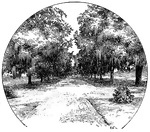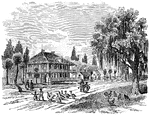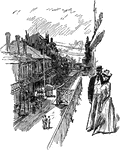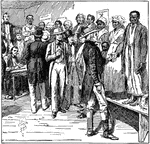Clipart tagged: ‘New Orleans’
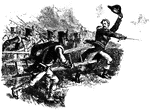
Attack on New Orleans
The attack on New Orleans, during the Battle of New Orleans during the War of 1812.

Burning of Confederate gunboats
"Burning of the Confederate gunboats, rams, etc., at New Orleans and Algiers, on the approach of the…

Cotton Centennial
A cotton press yard of the Cotton Centennial in the 1884 World's Fair in New Orleans, Louisiana.
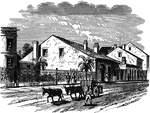
The Old Courthouse Where Jackson was Fined for Contempt of Court
When civil law was restored, Jackson was fined for contempt of court for proclaiming martial law in…
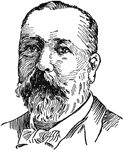
James Biddle Eustis
James Biddle Eustis (August 27, 1834 - September 9, 1887) was a United States Senator from Louisiana.
Federal Fleet
"Panoramic view of the Federal fleet passing the forts of the Mississippi, on its way to New Orleans,…
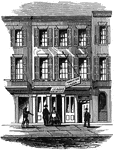
Jackson's Headquarters, New Orleans
During the War of 1812, when British forces threatened New Orleans, Jackson took command of the defenses,…

Naval Battle
"Naval action between the United States war steamer Mississippi and the Confederate iron-cased…

Confederate Schooner
"Bird's-eye view of the burning of a Confederate schooner in Quantico or Dumfries Creek, Potomac River,…

Major Taylor
"Escorting Major Taylor, of New Orleans, the bearer of a flag of truce, blindfolded, to the Confederate…

Villere's Mansion
Jacques Phillippe Villeré (April 28, 1761 - 7 March 1830) was the second Governor of Louisiana after…
